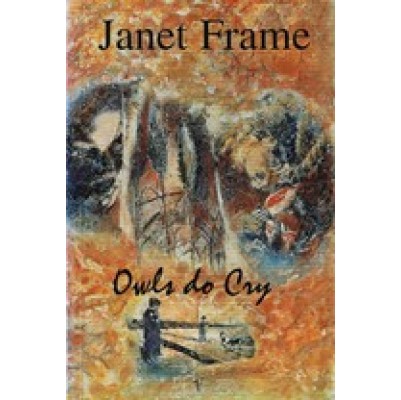

Frame was diagnosed with schizophrenia (a psychotic disorder marked by severely impaired thinking, emotions, and behaviors), and her teaching career ended. Her breakdown required psychiatric treatment at Seacliff Mental Hospital, north of Dunedin.

As a school inspector arrived to visit her classroom, Frame exploded and bolted from the room. She began weekly therapy sessions, but while practice-teaching in Dunedin in 1947, a breakdown ensued.

Soon after entering college, Frame suffered from emotional issues. Writing as Genuine Life Saver Though she wanted to be a writer, Frame began training to become a teacher at the Dunedin College of Education and audited courses at the University of Otago in 1943. Two of her sisters, Myrtle and Isabel, drowned in separate incidents, and her younger brother George suffered many seizures from epilepsy. Frame began writing as a child in an effort to liberate herself from what she termed “a background of poverty, drunkenness, attempted murder, and near-madness.” During the Depression (a worldwide economic downturn in the 1930s caused by economic crises in Europe and the United States, among other factors), her large family scraped out a living in a rural area of New Zealand and suffered several tragedies. Works in Biographical and Historical Contextĭifficult Childhood Janet Paterson Frame was born on August 28, 1924, in Dunedin, New Zealand, the fourth child of railway engineer George Samuel and Lottie Clarice (née Godfrey) Frame, a former housemaid in the home of writer Katherine Mansfield. Frame is not only often acknowledgedĪs New Zealand's greatest novelist but is internationally famous-noted not only for her use of material from her years spent in a mental institution, but also for her complex writing style. She published eleven novels and several stories and poems, many of which are set in her native country. Janet Frame was one of New Zealand's most well known contemporary fiction writers. The Envoy from the Mirror City: An Autobiography (1985)


 0 kommentar(er)
0 kommentar(er)
